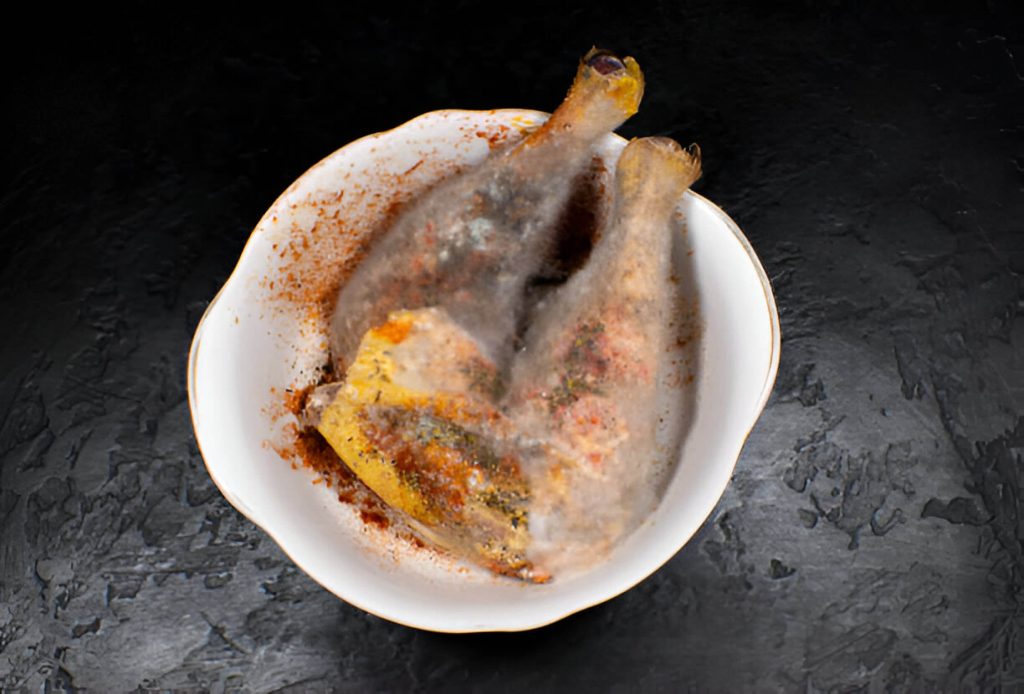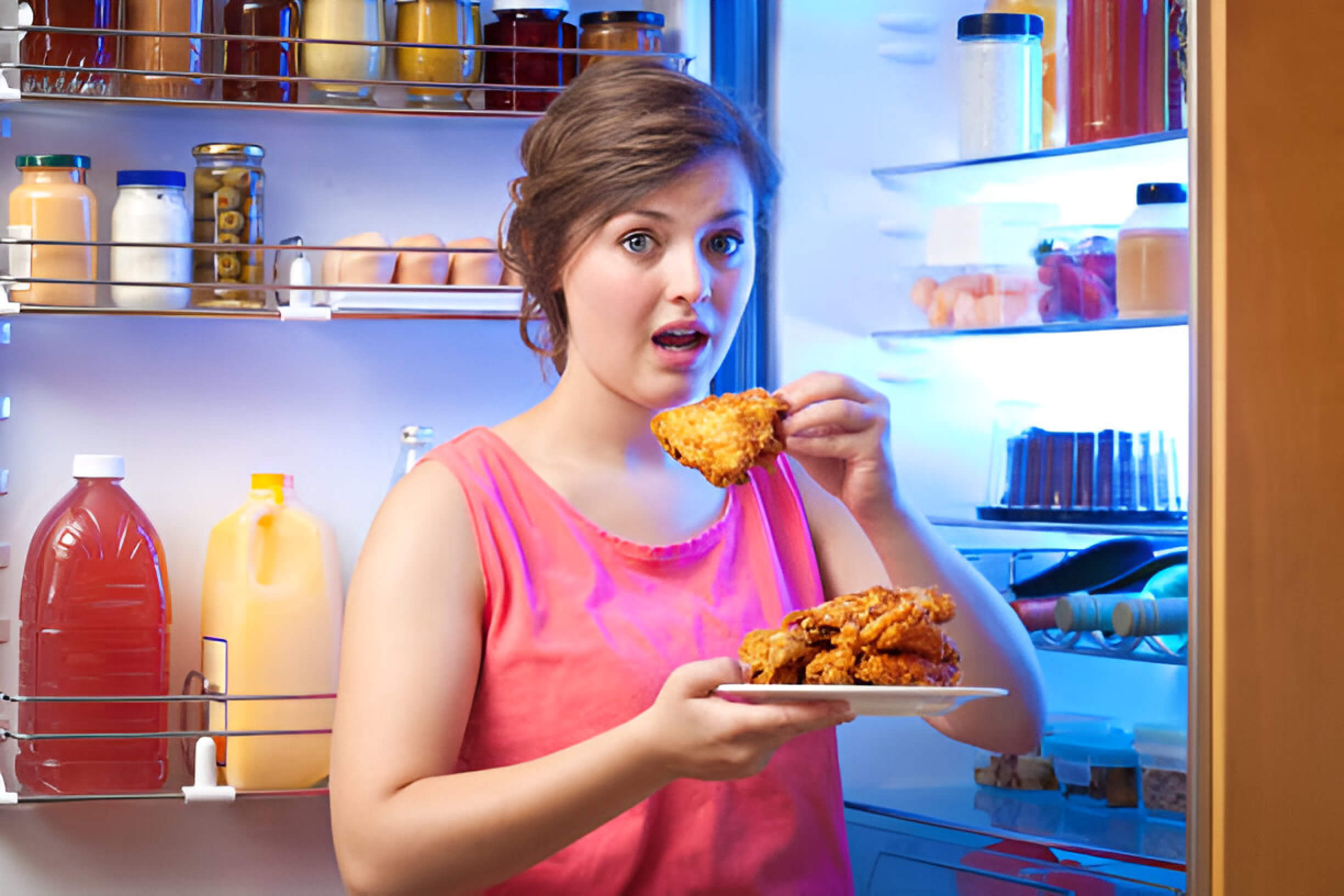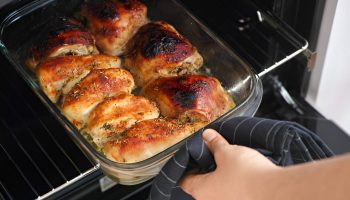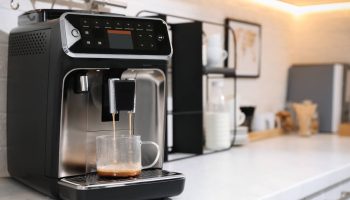Proper food storage is essential for maintaining health and preventing waste, especially when it comes to perishable items like cooked chicken. This guide explores the best practices for storing cooked chicken, including refrigeration techniques, signs of spoilage, and safe reheating methods. By following these guidelines, you can ensure your leftover chicken remains safe to eat and retains its quality for several days after cooking.
How Long Does Cooked Chicken Last in the Fridge
Properly storing cooked chicken is essential for maintaining its quality and ensuring food safety. When refrigerated correctly, cooked chicken can last for 3 to 4 days in the fridge. To maximize its shelf life, store the chicken in airtight containers or wrap it tightly in plastic wrap or aluminum foil. It’s crucial to refrigerate cooked chicken within two hours of preparation, or within one hour if the ambient temperature is above 90°F (32°C).
Factors Affecting the Longevity of Refrigerated Cooked Chicken
The longevity of refrigerated cooked chicken depends on several key factors. Storage temperature is crucial; maintaining a consistent temperature below 40°F (4°C) significantly slows bacterial growth. The type of container used also plays a role, with airtight containers helping to prevent moisture loss and contamination.
The cooking method can impact shelf life as well. Chicken that has been thoroughly cooked to an internal temperature of 165°F (74°C) will generally last longer than undercooked meat. Additionally, the way the chicken was prepared – whether it was seasoned, marinated, or mixed with other ingredients – can affect its longevity.
Cross-contamination risks should not be overlooked. Storing cooked chicken separately from raw meats and using clean utensils when handling can prevent the introduction of harmful bacteria. By considering these factors and following proper food safety guidelines, you can maximize the shelf life of your refrigerated cooked chicken and ensure it remains safe for consumption.
Proper Storage Techniques for Maximizing Cooked Chicken Freshness
Proper storage techniques are crucial for maintaining the freshness and safety of cooked chicken. Start by allowing the chicken to cool to room temperature, but don’t leave it out for more than two hours to prevent bacterial growth. Once cooled, divide the chicken into portion-sized amounts to facilitate easier reheating and reduce waste.
Airtight containers are essential for storing cooked chicken in the refrigerator. These containers prevent cross-contamination and keep the chicken moist. Glass or BPA-free plastic containers with tight-fitting lids are ideal choices. Alternatively, you can wrap the chicken tightly in aluminum foil or plastic wrap before placing it in a container for added protection.
Refrigerator organization plays a key role in maintaining chicken freshness. Store the containers on the middle or upper shelves, where temperatures are most consistent. Avoid placing them near the door, as frequent opening and closing can lead to temperature fluctuations.
For optimal freshness, use cooling methods that quickly bring down the chicken’s temperature. If you have large quantities, spread the chicken in a single layer on a baking sheet and refrigerate until cool before transferring to containers. This method helps prevent the center from remaining warm, which can promote bacterial growth.
How to Tell if Your Cooked Chicken Has Gone Bad

Knowing how to identify spoiled cooked chicken is crucial for food safety. Several key indicators can help you determine if your chicken has gone bad:
Odor: Fresh cooked chicken should have a mild, pleasant aroma. If you detect any sour, rancid, or ammonia-like smells, it’s a clear sign of spoilage.
Discoloration: Cooked chicken should maintain a white or brown color, depending on the cooking method. If you notice any gray, green, or moldy spots, it’s time to discard the chicken.
Texture changes: Spoiled chicken often develops a slimy or sticky texture. If the meat feels unusually soft, slimy, or tacky to the touch, it’s no longer safe to eat.
Mold growth: Visible mold on cooked chicken is a definite sign of spoilage. Never consume chicken with any type of mold present.
It’s important to note that consuming spoiled chicken can lead to food poisoning. Symptoms may include nausea, vomiting, diarrhea, and fever. If you experience these symptoms after eating chicken, seek medical attention promptly.
Safe Reheating Practices for Leftover Cooked Chicken
When it comes to reheating leftover cooked chicken, safety should be your top priority. To ensure your chicken is safe to eat, always heat it to an internal temperature of 165°F (74°C). This can be achieved through various methods, each with its own advantages.
Microwave reheating is the quickest option. Place the chicken in a microwave-safe dish, cover it with a damp paper towel to retain moisture, and heat in short intervals, stirring occasionally for even heating. For oven reheating, preheat to 350°F (175°C), place the chicken in an oven-safe dish, cover with foil, and heat for about 20-25 minutes, depending on the quantity.
Stovetop methods can also be effective. For a moist result, try simmering the chicken in a small amount of broth or water. Alternatively, you can sauté it in a pan with a bit of oil for a crispy exterior.
Regardless of the method you choose, always use a food thermometer to verify that the chicken has reached the safe internal temperature. Insert the thermometer into the thickest part of the meat, avoiding bones or fat. By following these safe reheating practices, you can enjoy your leftover chicken without compromising on taste or safety.
Freezing Cooked Chicken (Extended Storage Options)
Freezing cooked chicken is an excellent way to extend its shelf life and ensure you always have a protein-rich meal option on hand. When properly stored, frozen cooked chicken can maintain its quality for up to four months. To maximize freshness, wrap the chicken tightly in freezer-safe plastic wrap or aluminum foil, then place it in a freezer bag, removing as much air as possible before sealing.
When it comes to thawing, there are several safe methods to choose from. The refrigerator method is the slowest but safest, allowing the chicken to thaw gradually over 24-48 hours. For quicker results, you can use the cold water method, submerging the sealed chicken in cold water and changing it every 30 minutes. Microwave thawing is the fastest option but requires immediate cooking afterward to prevent bacterial growth.
To maintain the quality of your frozen chicken, it’s crucial to prevent freezer burn. This can be achieved by minimizing air exposure through proper packaging and maintaining a consistent freezer temperature of 0°F (-18°C) or below. Labeling your packages with the date of freezing can help you keep track of storage times and ensure you use the oldest items first.
Health Risks Associated with Consuming Spoiled Chicken
Consuming spoiled chicken can lead to serious health risks, primarily due to the growth of harmful bacteria. As chicken begins to spoil, it becomes a breeding ground for various pathogens, including salmonella and listeria. These bacteria can cause severe foodborne illnesses, resulting in symptoms such as nausea, vomiting, diarrhea, and fever.
Salmonella, one of the most common culprits in chicken-related food poisoning, can lead to salmonellosis. This infection can be particularly dangerous for young children, the elderly, and those with weakened immune systems. Listeria, another potential threat, can cause listeriosis, which is especially risky for pregnant women and can lead to serious complications.
To minimize these health risks, it’s crucial to follow proper food safety precautions. Always store chicken at the correct temperature, cook it thoroughly, and consume it within the recommended timeframe. Be vigilant for signs of spoilage, such as changes in color, texture, or odor. When in doubt, it’s always safer to discard chicken that may have gone bad rather than risk potential foodborne illnesses.






